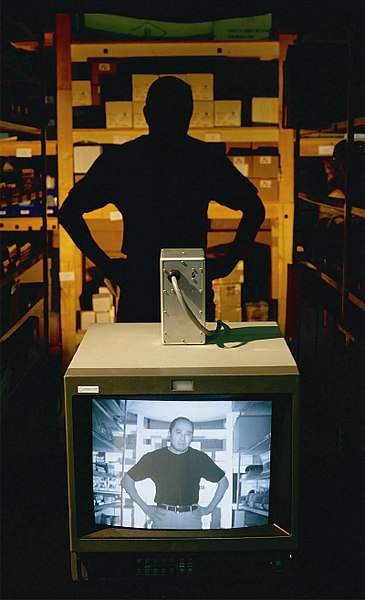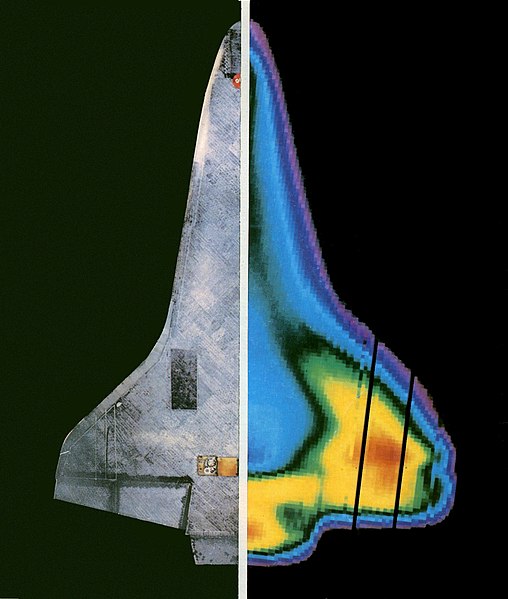Fiber-optic communication
Fiber-optic communication is a method of transmitting information from one place to another by sending pulses of infrared or visible light through an optical fiber. The light is a form of carrier wave that is modulated to carry information. Fiber is preferred over electrical cabling when high bandwidth, long distance, or immunity to electromagnetic interference is required. This type of communication can transmit voice, video, and telemetry through local area networks or across long distances.
An optical fiber patching cabinet. The yellow cables are single mode fibers; the orange and blue cables are multi-mode fibers: 62.5/125 μm OM1 and 50/125 μm OM3 fibers, respectively.
Stealth Communications fiber crew installing a 432-count dark fiber cable underneath the streets of Midtown Manhattan, New York City
A GBIC module (shown here with its cover removed), is an optical and electrical transceiver, a device combining a transmitter and a receiver in a single housing. The electrical connector is at top right and the optical connectors are at bottom left
A cable reel trailer with conduit that can carry optical fiber
Infrared is electromagnetic radiation (EMR) with wavelengths longer than that of visible light but shorter than microwaves. The infrared spectral band begins with waves that are just longer than those of red light, the longest waves in the visible spectrum, so IR is invisible to the human eye. IR is generally understood to include wavelengths from around 750 nm to 1 mm. IR is commonly divided between longer-wavelength thermal IR, emitted from terrestrial sources, and shorter-wavelength IR or near-IR, part of the solar spectrum. Longer IR wavelengths (30–100 μm) are sometimes included as part of the terahertz radiation band. Almost all black-body radiation from objects near room temperature is in the IR band. As a form of electromagnetic radiation, IR carries energy and momentum, exerts radiation pressure, and has properties corresponding to both those of a wave and of a particle, the photon.

This pseudocolor infrared space telescope image has blue, green, and red corresponding to wavelengths of 3.4, 4.6, and 12 μm, respectively.
Active-infrared night vision: the camera illuminates the scene at infrared wavelengths invisible to the human eye. Despite a dark back-lit scene, active-infrared night vision delivers identifying details, as seen on the display monitor.
Thermography helped to determine the temperature profile of the Space Shuttle thermal protection system during re-entry.
Infrared light from the LED of a remote control as recorded by a digital camera








